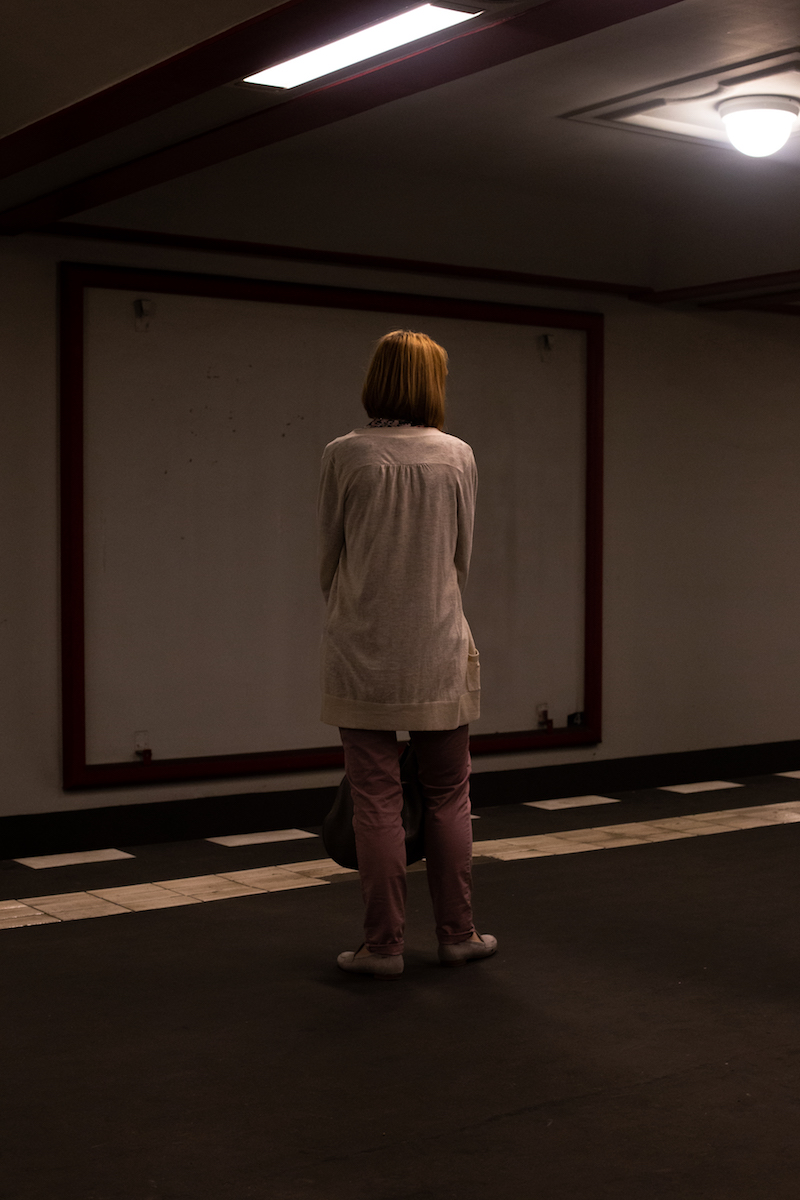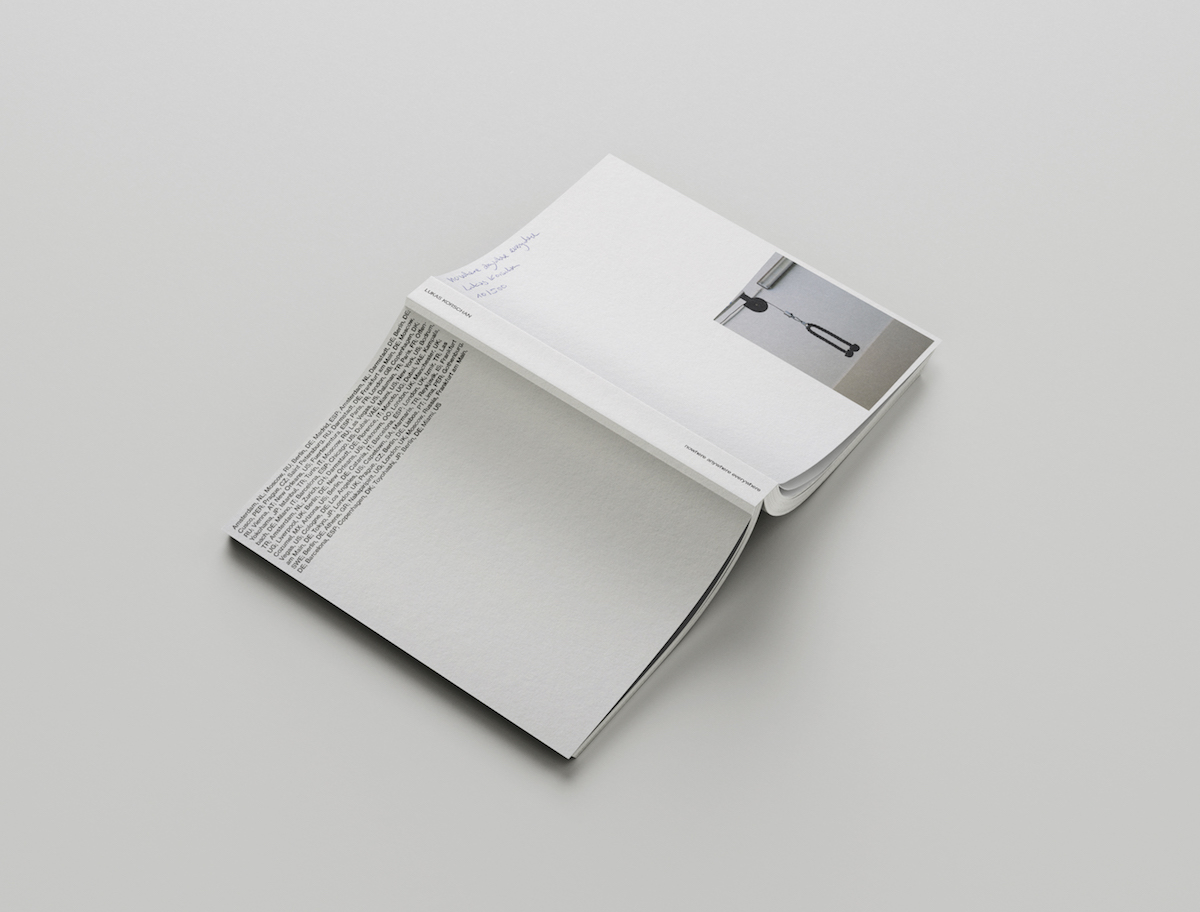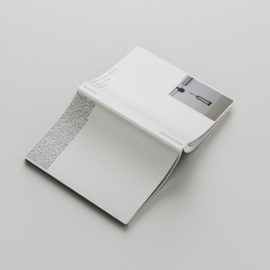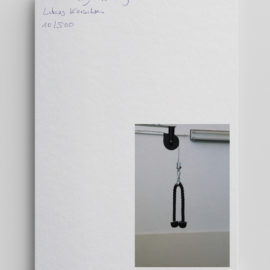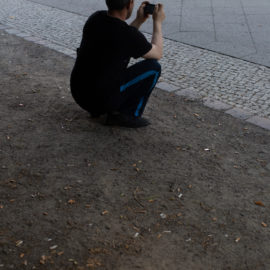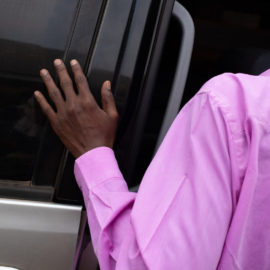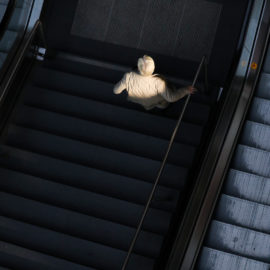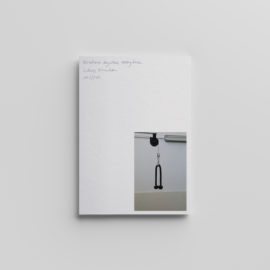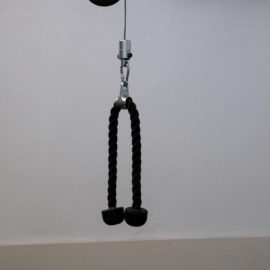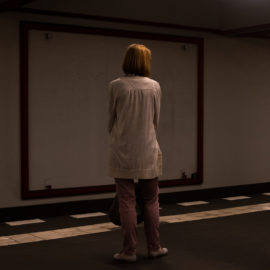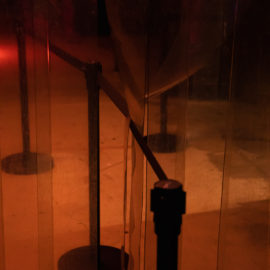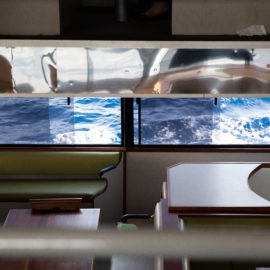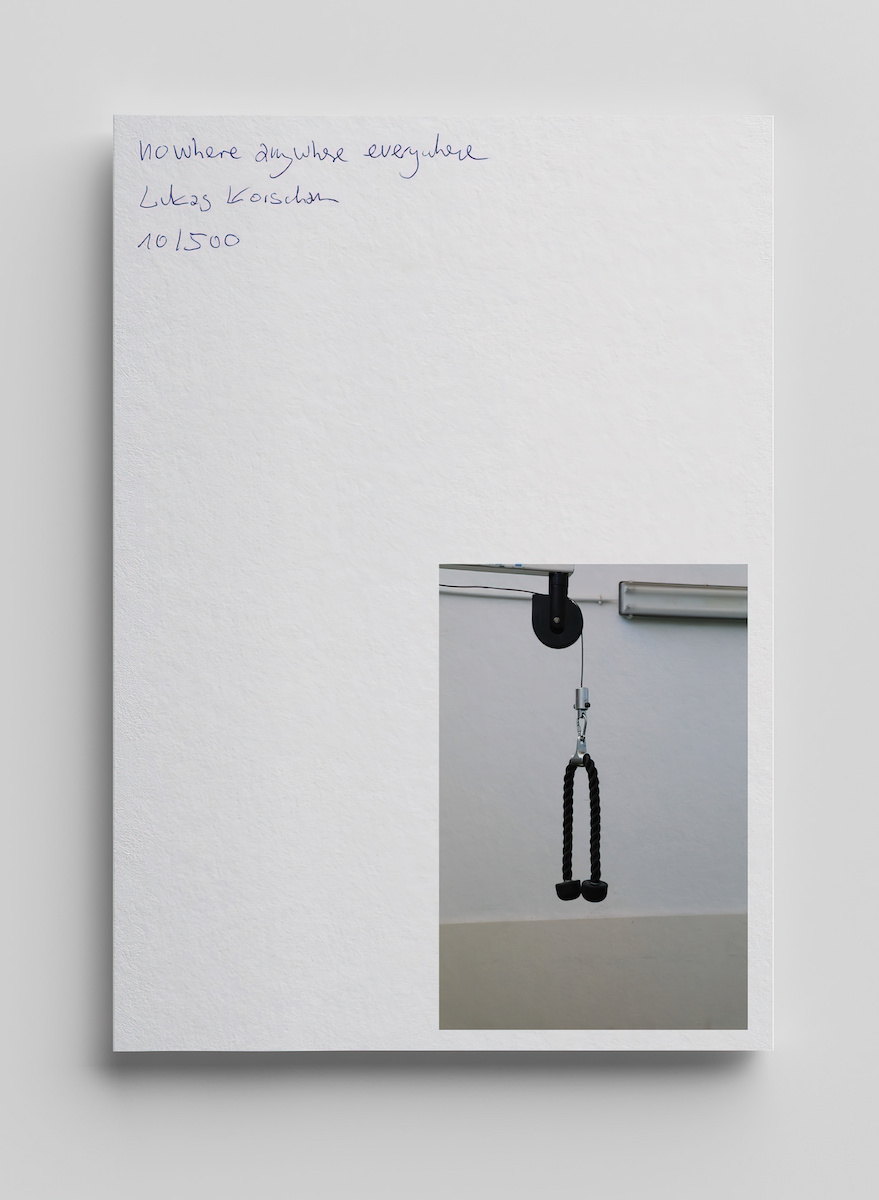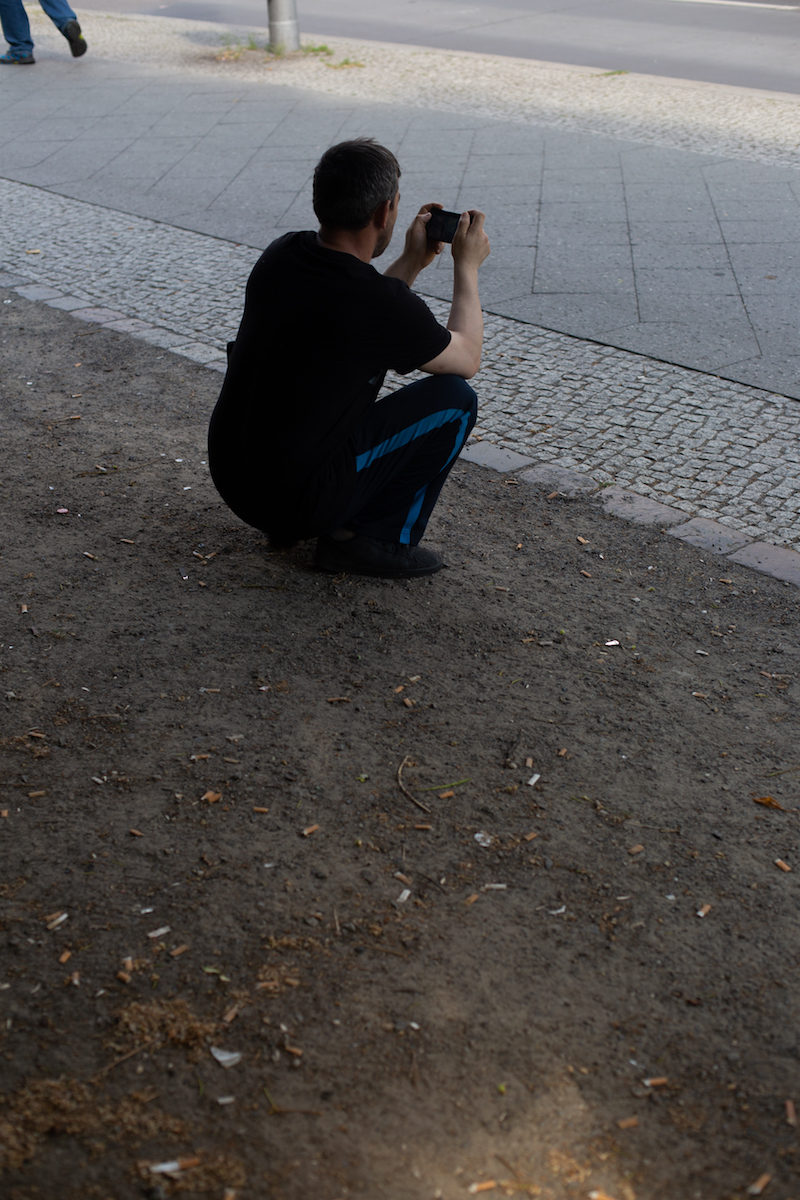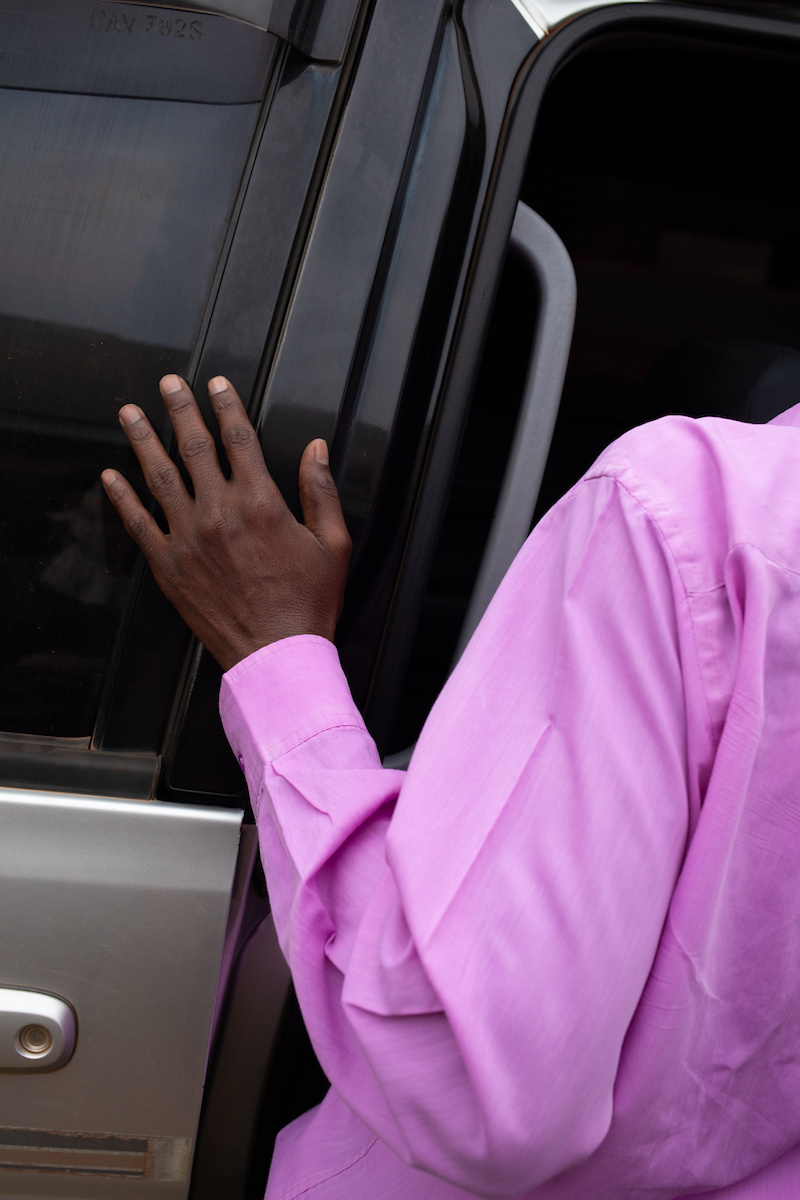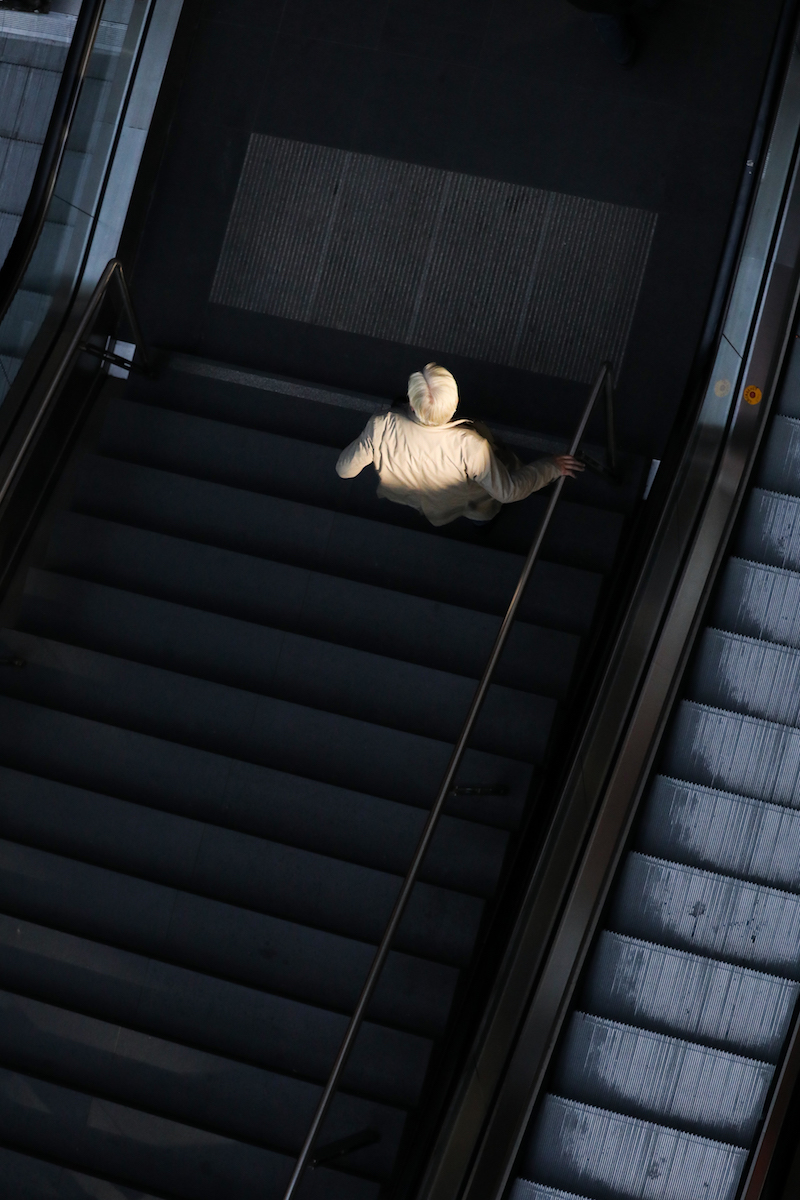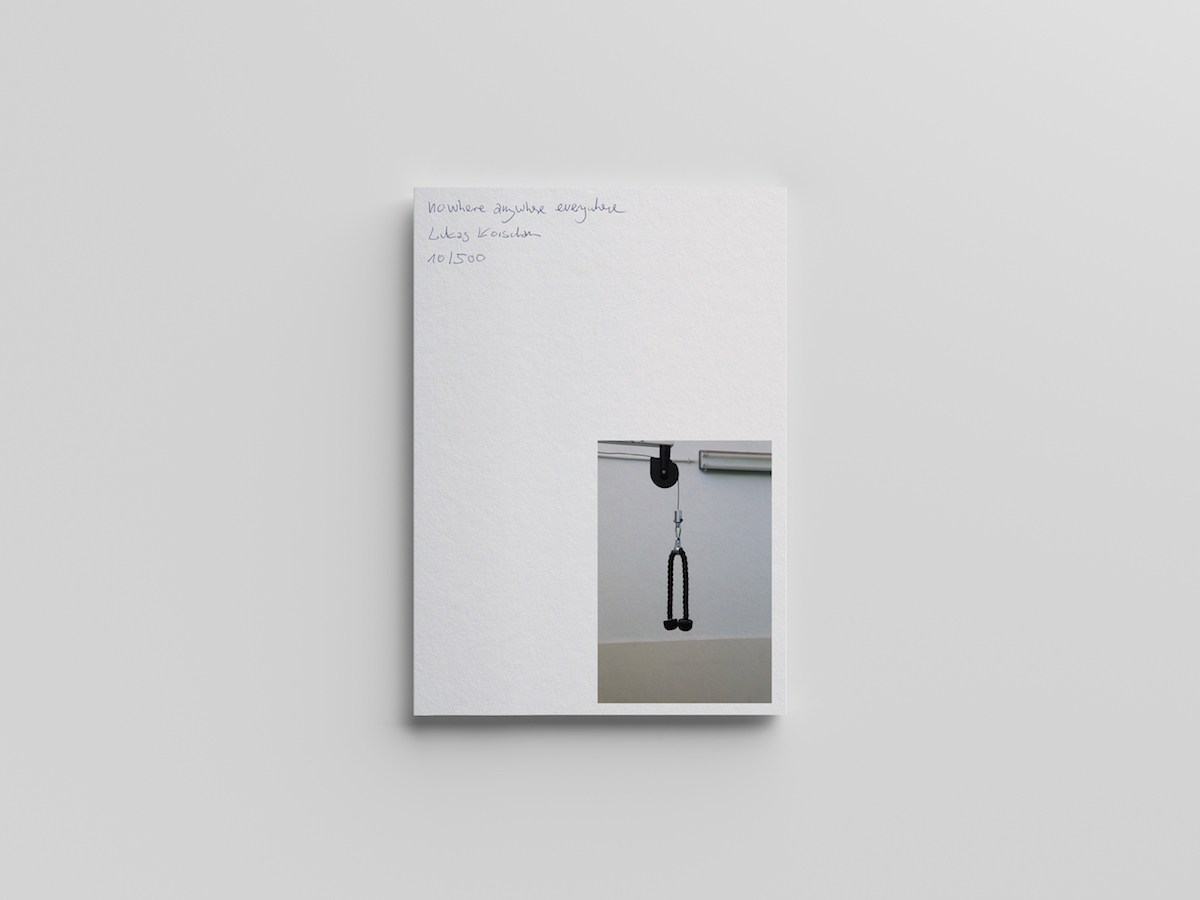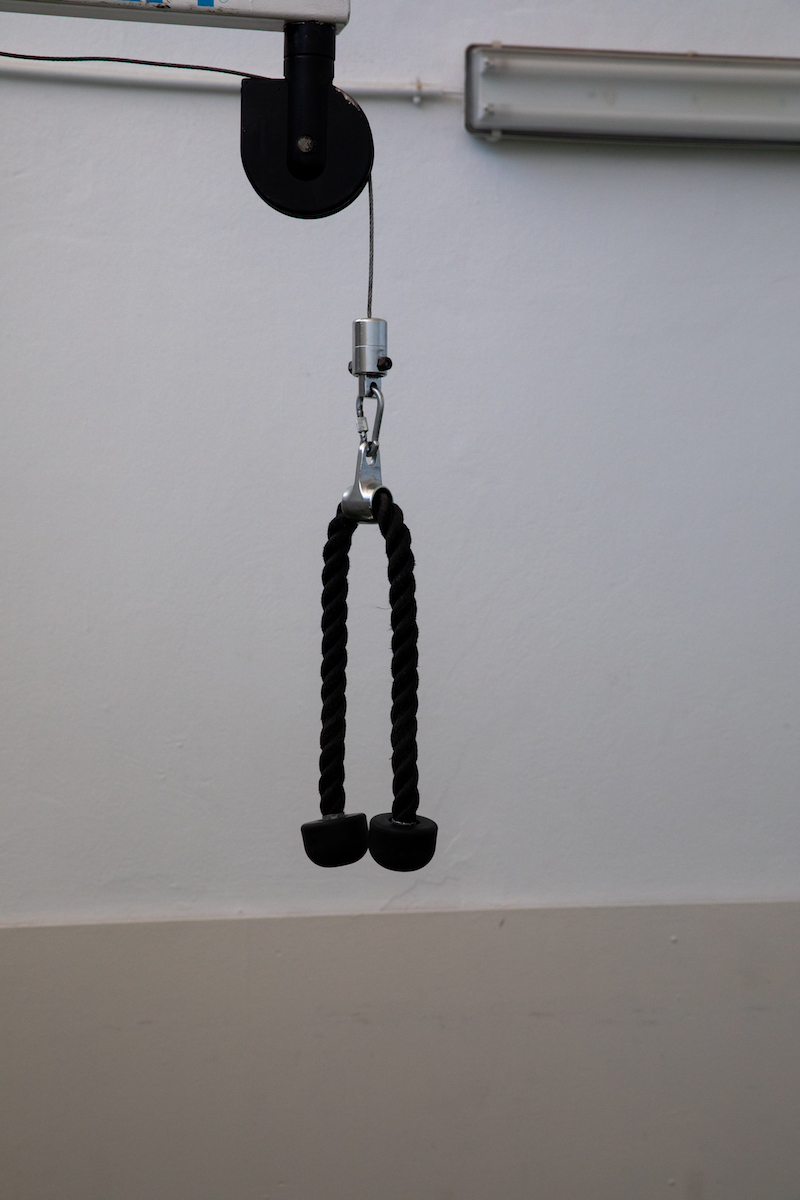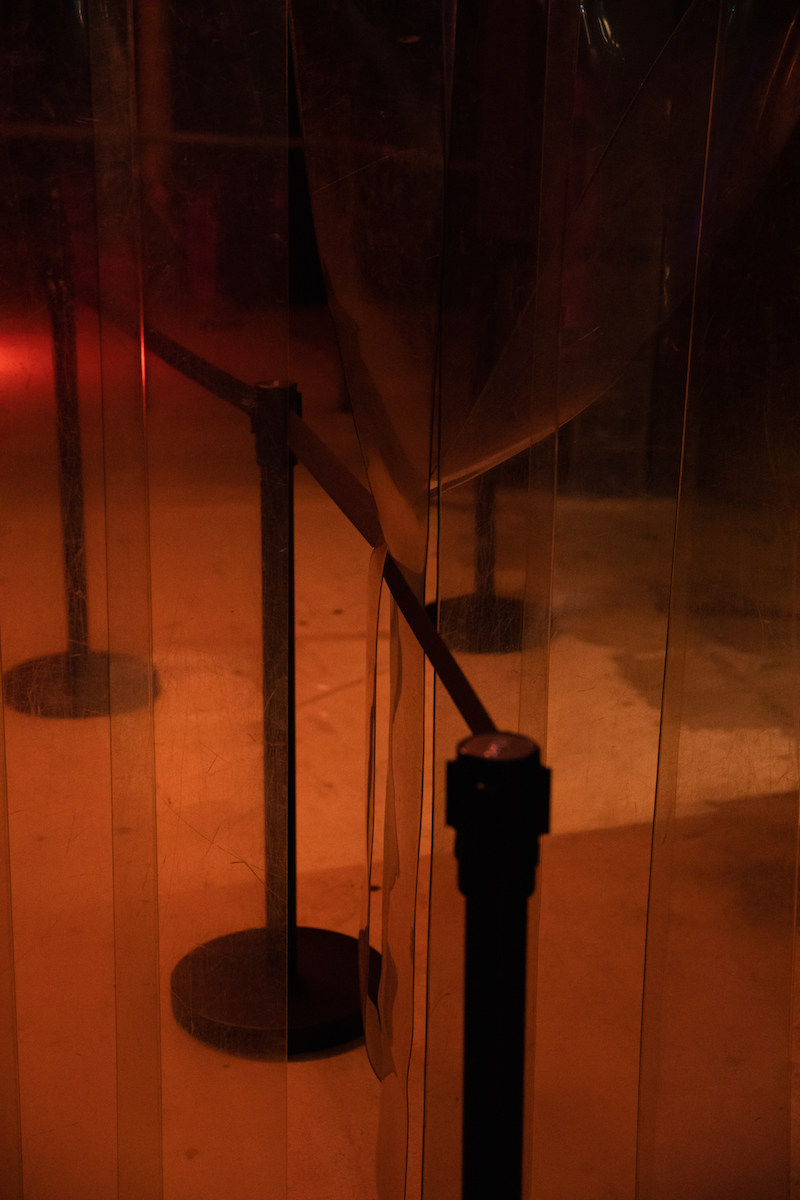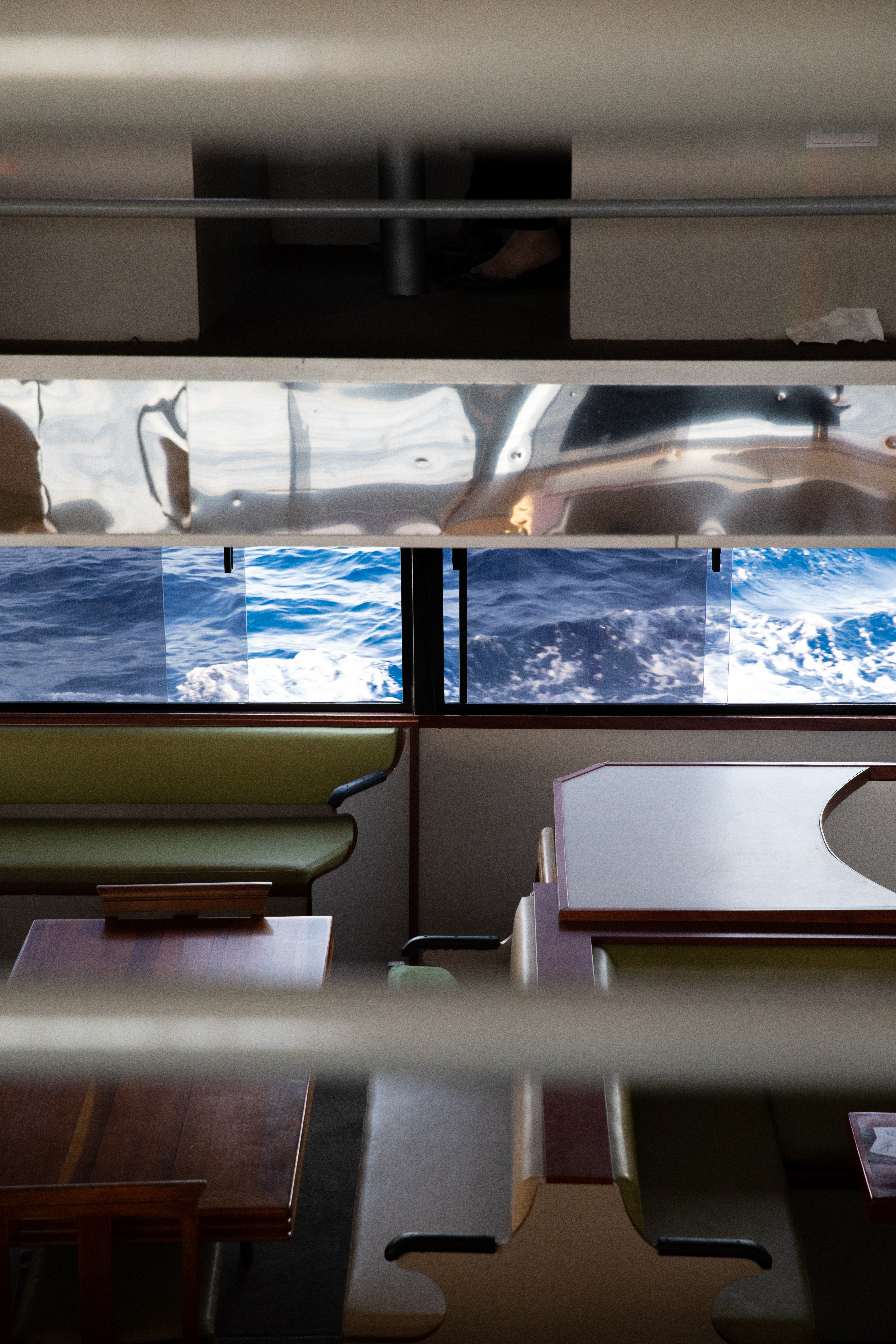In his 1992 book Non-places: An Introduction to Supermodernity, Augé reflects that non-places are “spaces in which neither identity, nor relations, nor history really make any sense; spaces in which solitude is experienced as an overburdening or emptying of individuality, in which only the movement of the fleeting images enables the observer to hypothesize the existence of a past and glimpse the possibility of a future.”
Korschan introduces this sentiment, which resonates with him, at the beginning of Nowhere Anywhere Everywhere. The photographs that follow were shot over five years in numerous cities worldwide, including Moscow, Berlin, Dubai, Yokohama, Istanbul, Cusco, Cape Town, Nakapiripirit, and Miami. A long list on the publication’s back pages identifies the specific location of each image. And yet, collectively, they appear as if they could have been taken in one place. The architecture, colour palettes, lighting, texture of materials, and signage all seem to speak the same, bland language.

